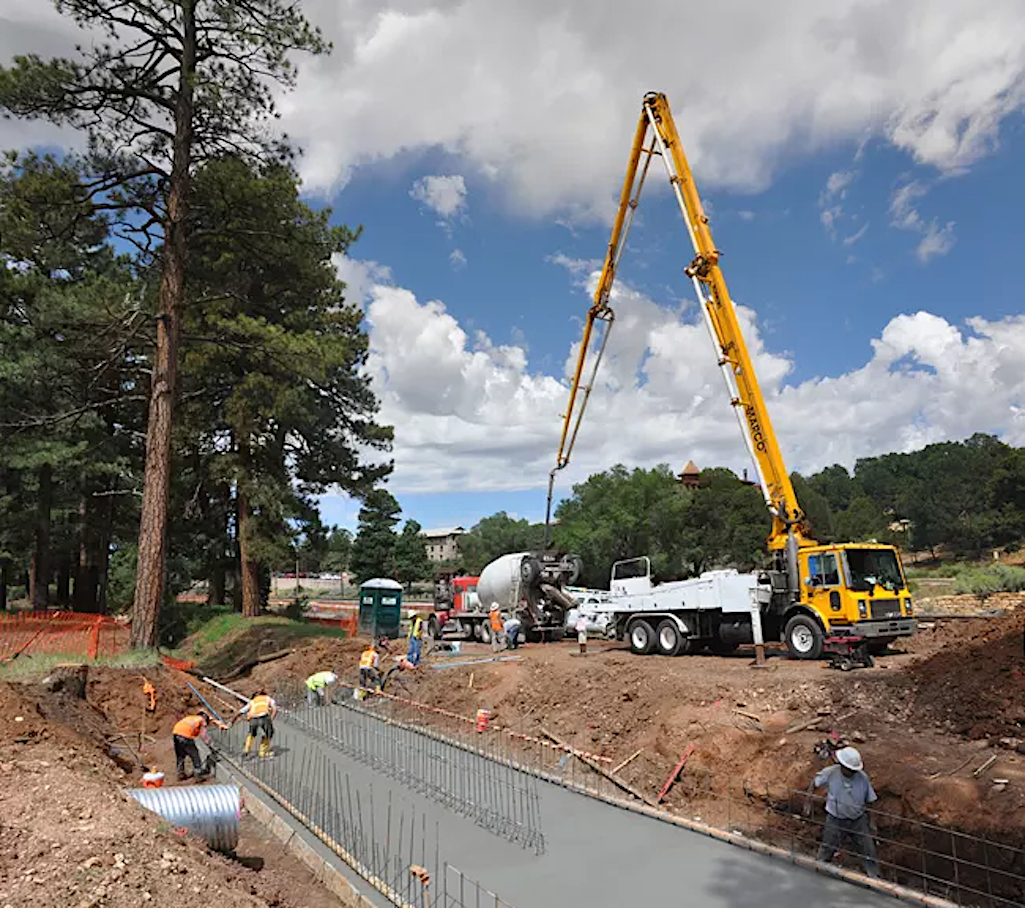UPDATE | National Park System’s Deferred Maintenance Bill Nearly $22 Billion
By Kurt Repanshek – May 9th, 2022

Editor’s note: This updates with reaction from the Coalition to Protect America’s National Parks.
In the roughly three years since the National Park Service under the Trump administration decided it wasn’t helpful to announce the dollar amount of deferred maintenance in the National Park System, that number has nearly doubled, to roughly $22 billion, in part due to a new calculation formula.
The Park Service revealed that figure — $21.8 billion — Monday evening in a press release about efforts to reduce the backlog. To do so, the agency said, it has “implemented a new and improved assessment process that provides a more complete and timely understanding of facility conditions and the cost to repair them.”
The agency, which didn’t attribute the news to anyone, claims that the new system “is more consistent with modern day industry standards, and it streamlines how the NPS evaluates and collects information providing a more complete understanding of deficiencies and repair needs nationwide.”
Deferred maintenance and repairs is an estimate of how much it would cost to repair and restore deteriorating facilities to an acceptable and safe condition. The deferred maintenance and repairs backlog is created when routine maintenance and repairs are delayed because of limited resources. Through 2018, and unlike other bureaus within the Department of the Interior, the NPS only calculated the cost of construction in its deferred maintenance figures and did not include the full scope of construction-related costs like design and construction management except on transportation assets. The updated figure now accounts for this fuller and truer gross cost across all asset types.
When the agency last cited a deferred maintanence number, back in 2019, it placed the total at roughly $12.8 billion. Tackling that figure has been a struggle for the Park Service. Proof of the challenge surfaced during Fiscal 2018, when the agency spent nearly $700 million on maintenance projects, and yet the backlog remained nearly $12 billion.
The Park Service release did not say how much difference, in dollars, the new formula accounted for. But Mike Murray, chair of the Coalition to Protect America’s National Parks, was not taken back by the jump in the deferred maintenance tab.
“The new estimated cost to cure deferred maintenance and repairs has dramatically grown. In many respects, this rise was expected. Constructions costs have grown across the country,” Murray said in an email. “However, we are comfortable that the total cost is a more accurate and complete representation of deferred maintenance costs than previous estimates. The new system for tracking DM costs will be a significant improvement moving forward.
“Now we know what will bring our park infrastructure to an acceptable level to provide a quality and safe visitor experience and protect precious park resources. We need to explore ways to reach the goal to ensure the stewardship of our national parks,” he added.
No doubt, maintaining park infrastructure is a massive undertaking. The Park Service maintains a complex portfolio of more than 75,000 assets from buildings, roads and bridges, to trails and campgrounds, and utilities like power and water and wastewater systems. The collective acreage of the National Park System at 85 million acres is larger than all but the four largest states and is enjoyed by more than 300 million visitors a year.
Addressing the backlog isn’t as simple as repairing back to the condition a structure was in to start with. The Park Service must address safety issues, enhance accessibility, increase energy efficiency, and incorporate new and sustainable technologies.
The Great American Outdoors Act, and other funding sources, are part of a concerted effort to pay for the maintenance, rehabilitation, repair, or replacement of infrastructure in national parks. Each year from 2021 to 2025, the GAOA provides the National Park Service with up to up to $1.3 billion annually to fund deferred maintenance and repair projects.
However, as the Traveler noted in 2020, that five-year GAOA funding won’t come close to addressing the backlog, particularly now that the dollar total is approaching $22 billion.
You can find detailed fact sheets and information on each park’s deferred maintenance tally at this site.
